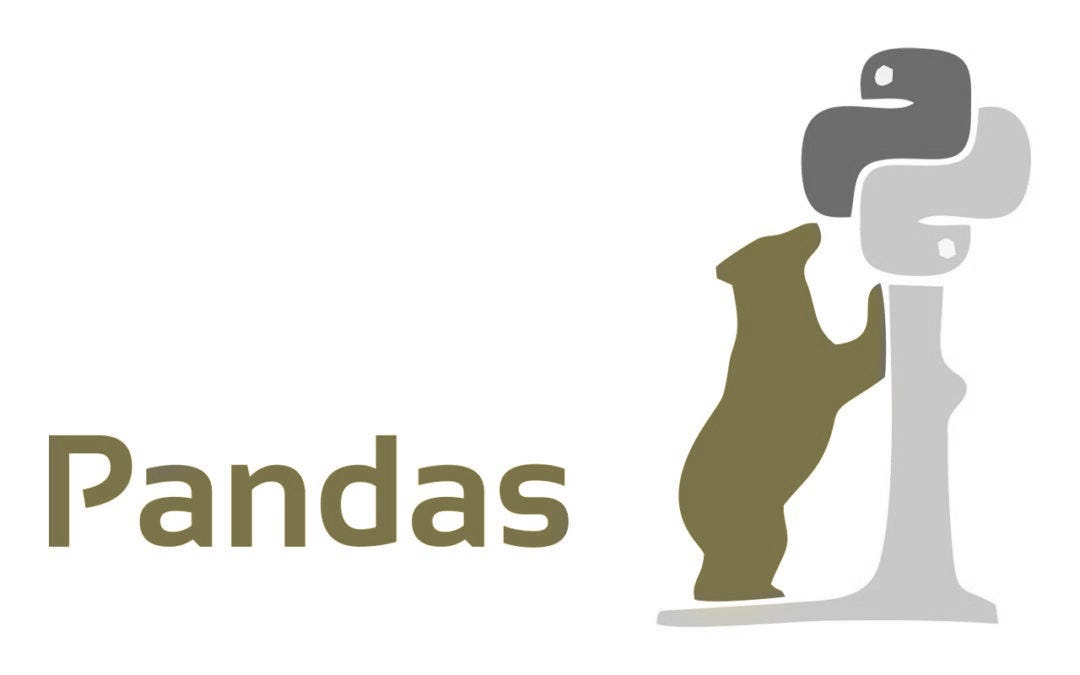Flutter has a rich pool of packages and widgets. You can achieve most things by either using the rich widget pool that Flutter offers or by using a package.
However, sometimes you might find yourself in situations that demand you write native Java code*.
In this fourth installment of our Flutter series, we’ll look at how you can write Java code that communicates with your Flutter application.
Continue reading Writing Native Java Code in Flutter for Android








